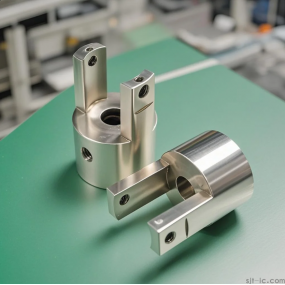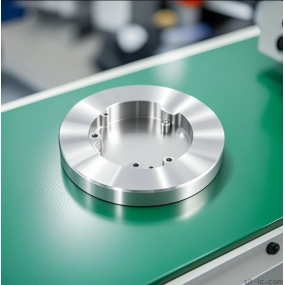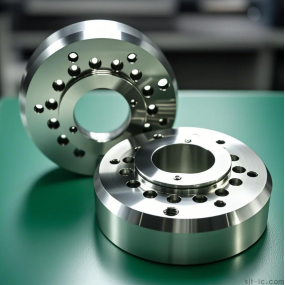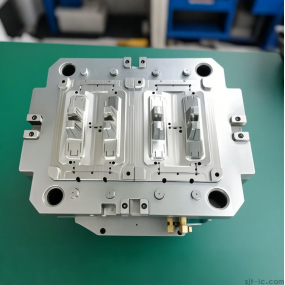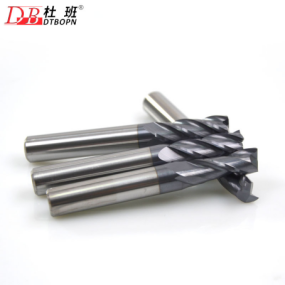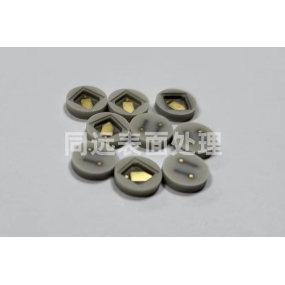Sheet Metal Processing, as the name suggests, is to use sheet metal to process needed items according to demand. Common sheet metal shell processing made of sheet metal in life includes: computer chassis cabinets, TV backplanes, car shells, air conditioning shells, end point integrated shells, charging pile boxes, etc. What are the commonly used processing technologies for sheet metal processing? The editor of sheet metal processing manufacturers will introduce it to you.
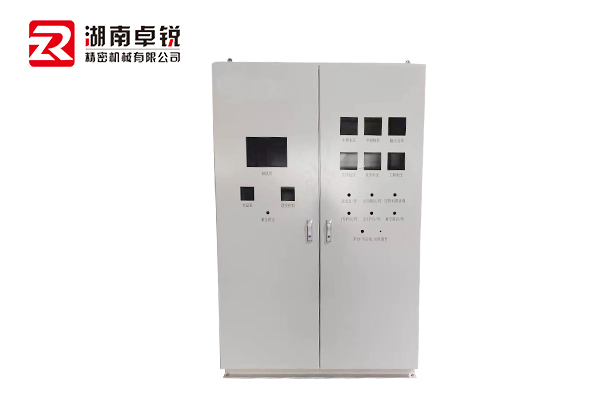 1) Curling
1) Curling
Sheet metal usually contains sharp edges with "burrs" after the initial production of a ZUI. Hemming is a forming process that involves deburring the sheet metal to create a smooth edge.
2) Bending
Another common sheet metal forming process is bending. Companies usually use brake presses or similar machine presses to bend the sheet metal.
3) ironing
The metal plate can also be ironed to achieve a uniform thickness. For example, most aluminum cans are made of ironed aluminum. In its original state, the aluminum plate is too thick for beverage cans, so it is ironed to achieve a thinner, more uniform composition
4) Laser cutting
In recent years, laser cutting has become an increasingly common sheet metal forming process. Through laser cutting, metal sheets are exposed to high-energy lasers that burn holes in the metal.
5) Hydraulic Forming
A little-known sheet metal forming process is hydraulic forming. Like deep drawing, hydraulic forming involves stretching the blank over the die. So, what‘s the difference between hydraulic forming and deep drawing? The main difference between the two processes is that deep drawing requires multiple reductions in drawing, while hydraulic forming can be completed in just one step.
6) Punching
After ZUI, stamping is a sheet metal forming process that involves punching holes in the sheet metal using a punch and a die. The sheet metal is placed between the punch and the die. Next, the punch is pressed down and through the sheet metal to form a hole.


 Spanish
Spanish Arabic
Arabic French
French Portuguese
Portuguese Belarusian
Belarusian Japanese
Japanese Russian
Russian Malay
Malay Icelandic
Icelandic Bulgarian
Bulgarian Azerbaijani
Azerbaijani Estonian
Estonian Irish
Irish Polish
Polish Persian
Persian Boolean
Boolean Danish
Danish German
German Filipino
Filipino Finnish
Finnish Korean
Korean Dutch
Dutch Galician
Galician Catalan
Catalan Czech
Czech Croatian
Croatian Latin
Latin Latvian
Latvian Romanian
Romanian Maltese
Maltese Macedonian
Macedonian Norwegian
Norwegian Swedish
Swedish Serbian
Serbian Slovak
Slovak Slovenian
Slovenian Swahili
Swahili Thai
Thai Turkish
Turkish Welsh
Welsh Urdu
Urdu Ukrainian
Ukrainian Greek
Greek Hungarian
Hungarian Italian
Italian Yiddish
Yiddish Indonesian
Indonesian Vietnamese
Vietnamese Haitian Creole
Haitian Creole Spanish Basque
Spanish Basque

